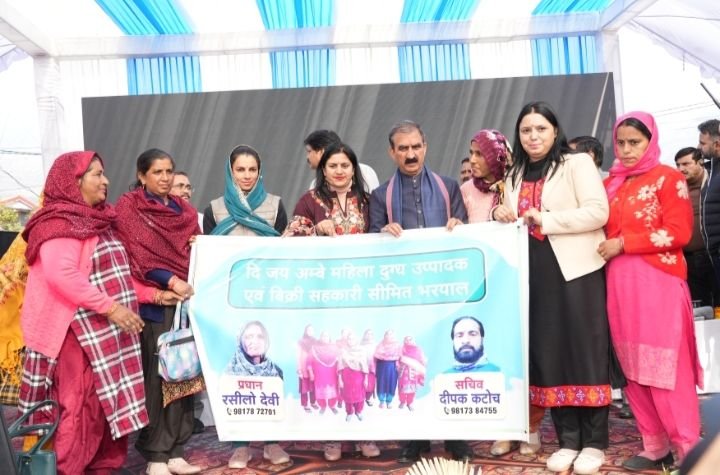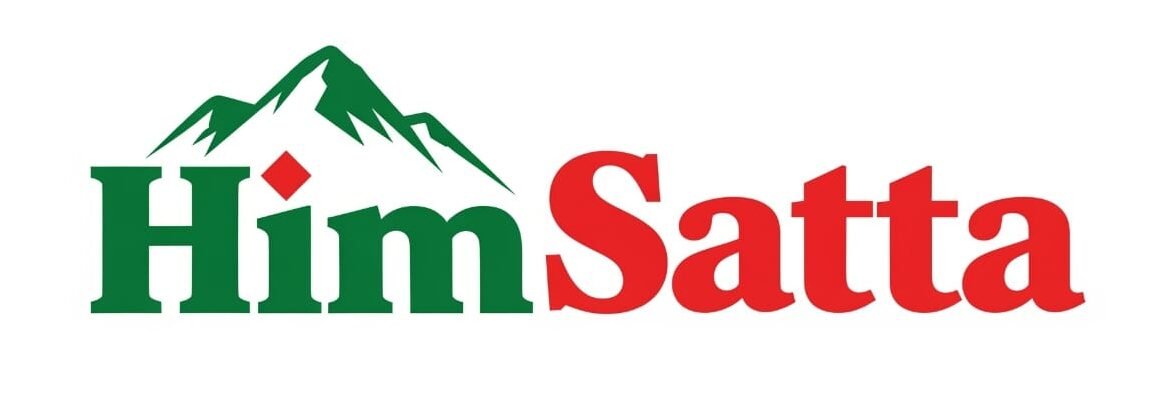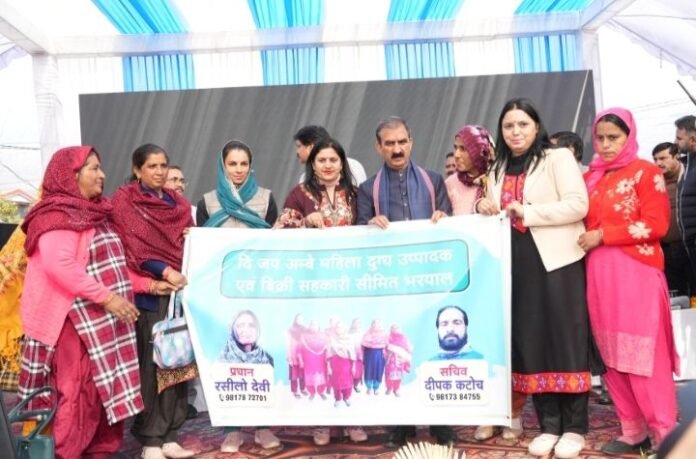About 20 lakh people benefitted from over 5000 cooperative societies
The present state government is vigorously promoting cooperative movements as a key strategy to strengthen the rural economy. Initially focused on agriculture, credit, and essential commodities, these cooperatives have now expanded into diverse sectors such as dairy, horticulture, marketing and handicrafts.

Cooperatives are not only empowering local communities economically, but also enhancing livelihoods, boosting productivity and promoting inclusive growth vis-a-vis creating new avenues for sustainable rural development.
Today, nearly two million people in the state are directly associated with cooperative societies, reflecting their widespread success. Over 5,000 cooperative societies have been registered in the state, including 2,287 Primary Agriculture Credit Societies (PACS) which ensure financial inclusion in rural areas. Six new multipurpose societies have been formed recently. Cooperatives now operate in nearly every sphere of rural life, including 76 fisheries cooperatives, 971 dairy cooperatives, 441 savings and credit societies, and 386 primary marketing cooperatives.
The government is working to strengthen the cooperative system as a model of sustainable growth. The ultimate goal of the State’s Cooperative Policy is to make Himachal fully self-reliant. Institutional reforms, inclusiveness, innovation and youth participation are being promoted to ensure cooperatives remain strong, relevant and future-ready.
The dairy sector is scripting new success stories through cooperatives. Currently, 971 dairy cooperatives include over 35,000 active women members, highlighting strong female participation. In total, 561 new societies have been formed in this sector.
Himachal Pradesh is also the first state in India to provide a Minimum Support Price (MSP) for milk. Every day, about 2.33 lakh litres of cow’s milk are purchased daily from nearly 38,400 farmers. Buffalo milk is procured at Rs. 61 per litre. The Him Ganga Yojana is bringing qualitative improvements in milk procurement, processing, and marketing. New dairy cooperatives are being formed, processing plants are being established, and existing ones upgraded. For efficient operations, Milkfed has been divided into five units in Kangra, Mandi, Nahan, Shimla and Nalagarh.
Cooperatives in Himachal are also about empowerment, particularly for women. In Una, 5,000 women have formed their own Women Federation, and products from women’s self-help groups are marketed under the ‘Him Ira’ brand, providing access to larger markets. Women are additionally encouraged to pursue entrepreneurship through initiatives like food vans, which they operate independently.
To expand the reach of Himachal’s artisans, weavers, and entrepreneurs, an e-commerce platform has been launched. Through this digital marketplace, traditional and cultural products of the state are being sold online, strengthening livelihoods while showcasing the state’s cultural identity.
Chief Minister Thakur Sukhvinder Singh Sukhu stated that the cooperative movement has promoted rural self-employment, created opportunities for youth, and contributed significantly toward building an Atmanirbhar (self-reliant) Himachal. The cooperative movement has become a symbol of both economic empowerment and social harmony.
By strengthening cooperative societies, the government is laying the foundation for a stronger rural economy and bringing the vision of a self-reliant Himachal closer to reality, the Chief Minister reiterated.





